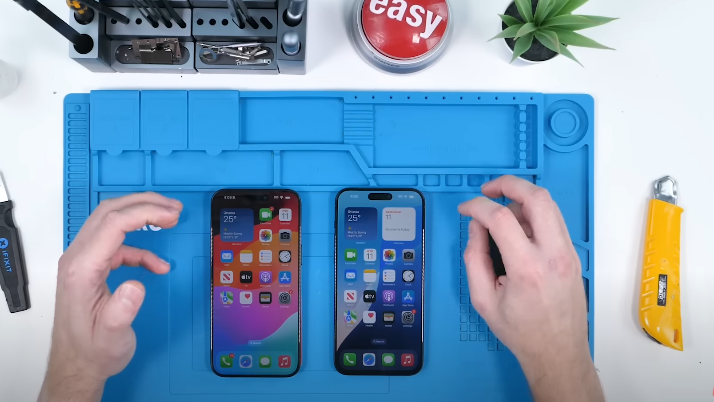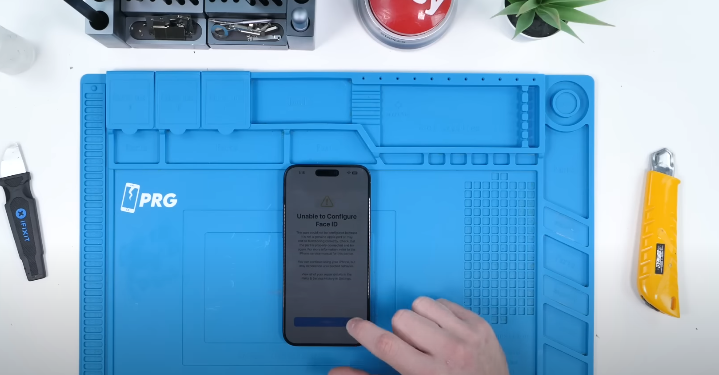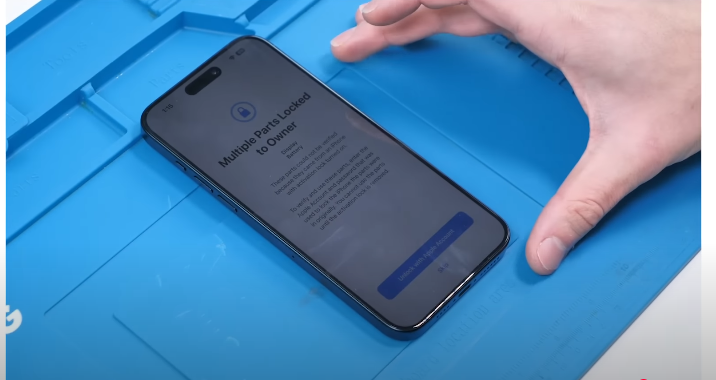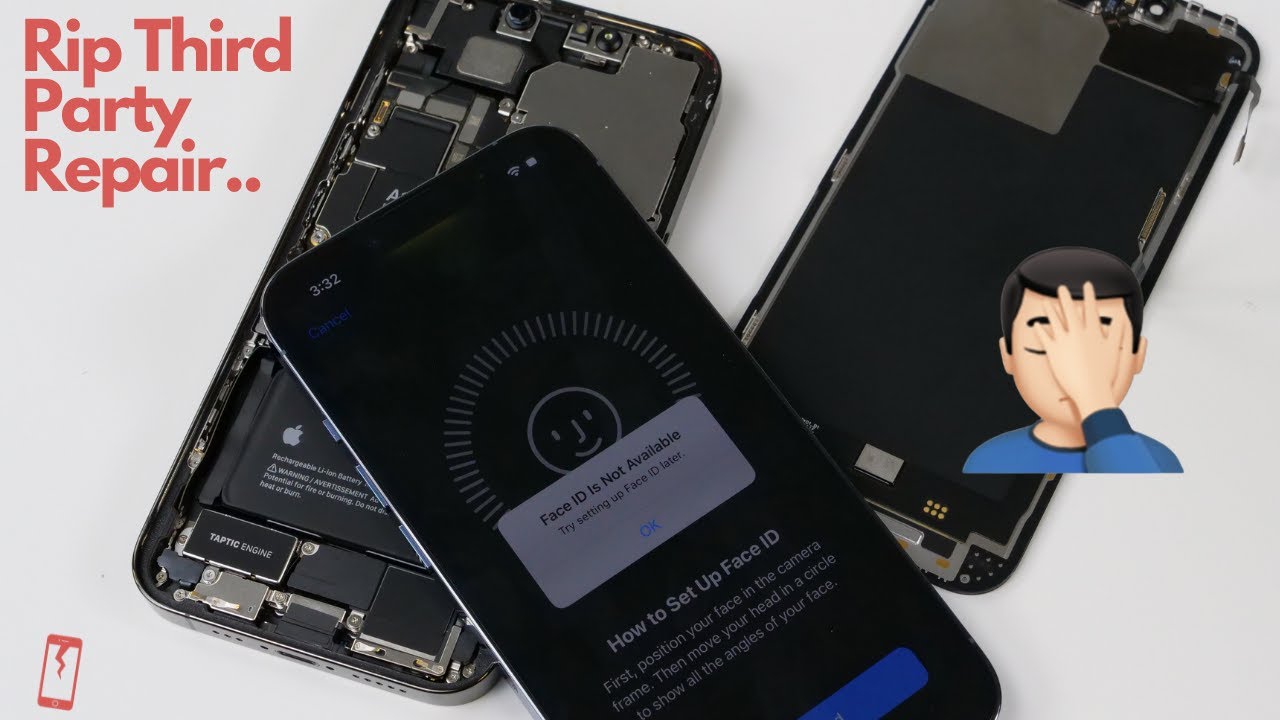Apple’s iOS 18 RC has ushered in a groundbreaking change in the repairability landscape, a move that has sparked both hope and skepticism among technicians and enthusiasts. For the first time, Apple now allows the use of “pulled parts” – components taken from another iPhone not reported as lost or stolen – without significant loss of functionality. This article delves into what this means for repairability, its limitations, and the lingering questions surrounding this major shift.
A New Era of Repair Flexibility
Traditionally, iPhones replaced with unofficial or recycled components faced functionality issues, such as error messages or restricted features. With iOS 18, Apple has introduced a calibration process that aims to mitigate these challenges. Technicians report that parts like displays, batteries, and cameras can now be calibrated to work seamlessly with another device’s motherboard.

In practice, this means users could replace multiple components and, through Apple’s guided calibration process, restore functionality similar to that of a new device. For example:
- Battery: A new prompt instructs users to restart the phone to configure the new battery.
- Camera and Face ID: Prompts guide users to calibrate these parts, albeit with mixed success.
How Does It Work?
Apple’s new process begins with a “Finish Repair” message, indicating that calibration is required. Users can navigate to the settings to start the process, which includes prompts for configuring individual components. However, there are caveats:

- Serialized Parts: Certain parts, such as the LiDAR sensor and Face ID components, remain tied to the original motherboard.
- Calibration Glitches: Many users report that Face ID and LiDAR-based camera functionalities fail to calibrate, even when all other components work flawlessly.
Apple also provides an option to unlock certain parts using the owner’s Apple ID, a measure intended to enhance security while still supporting repairability.

